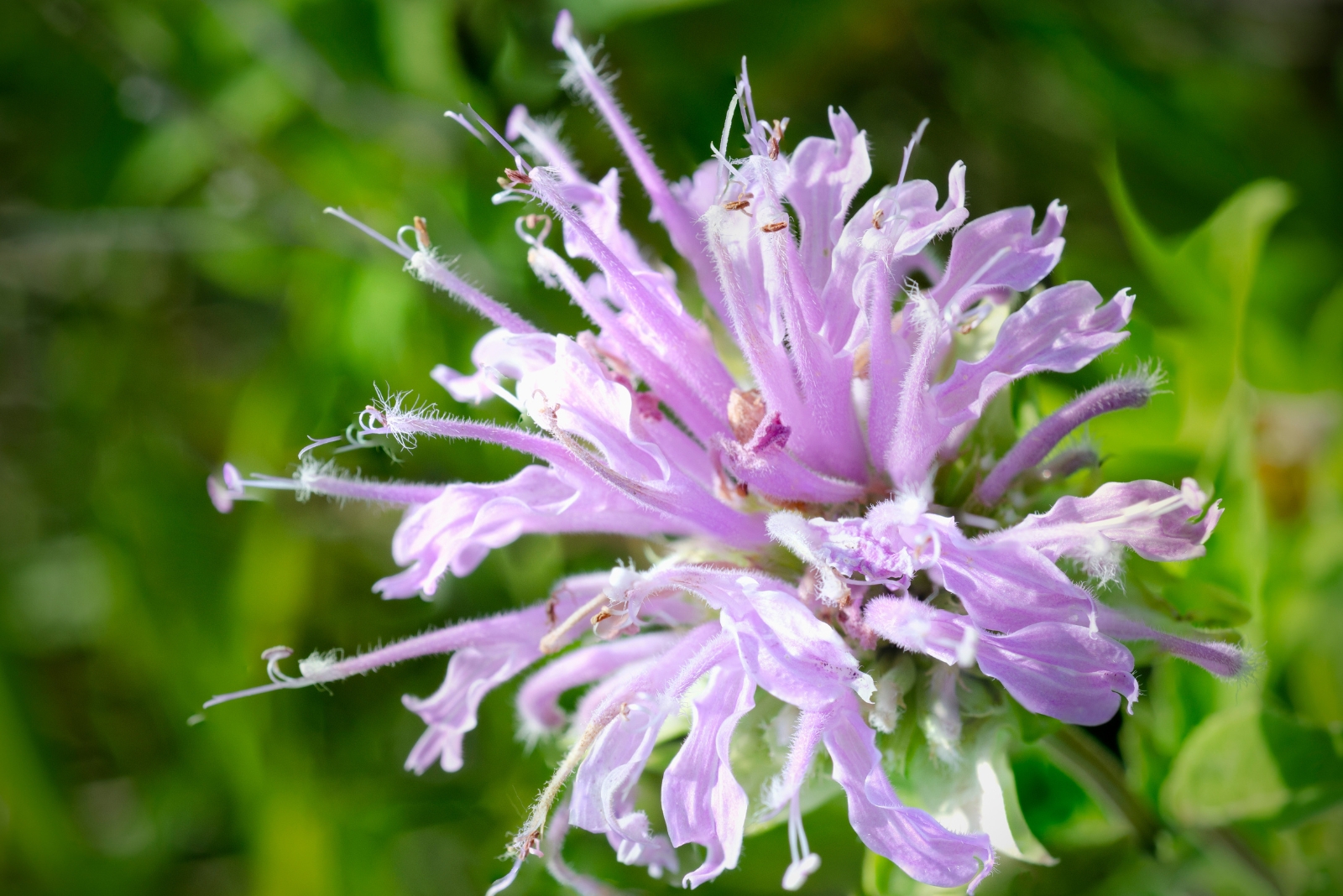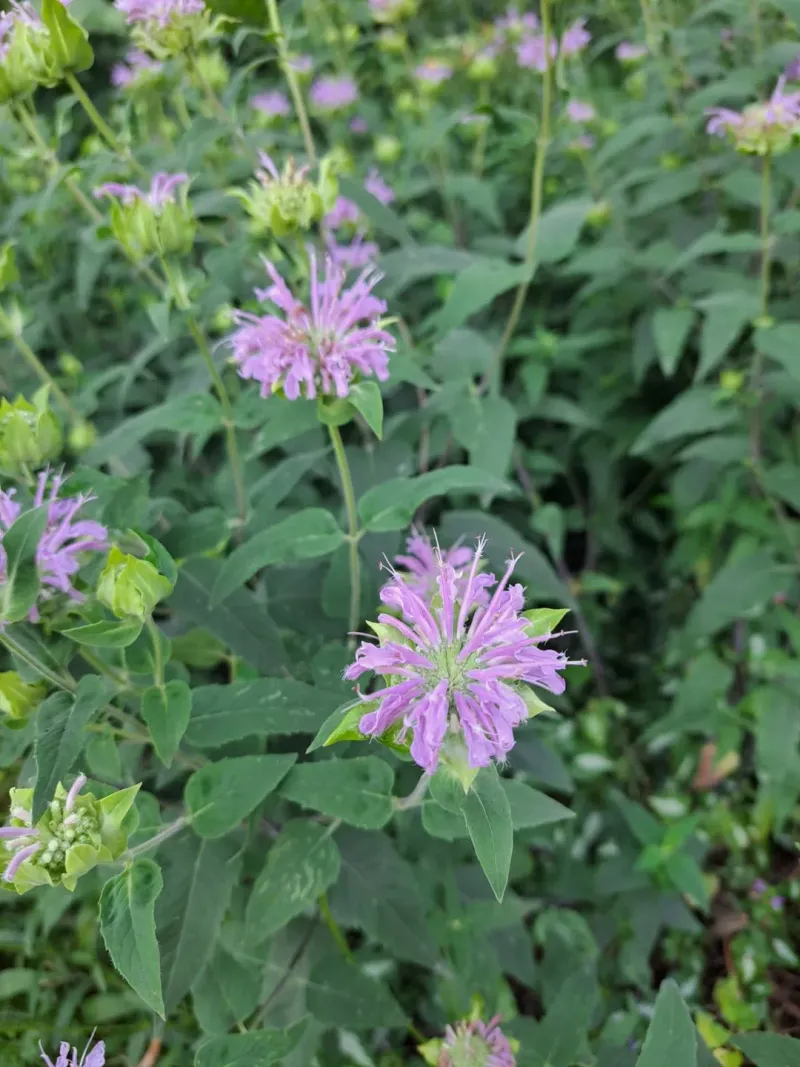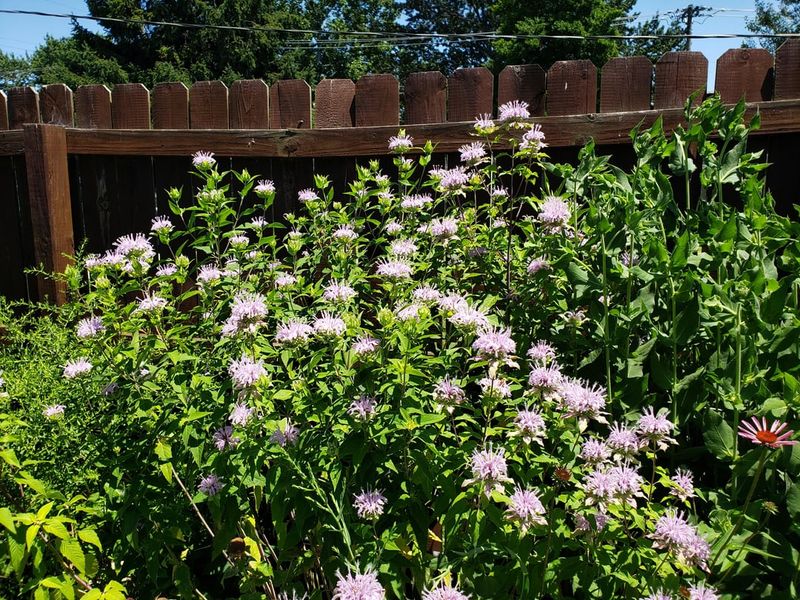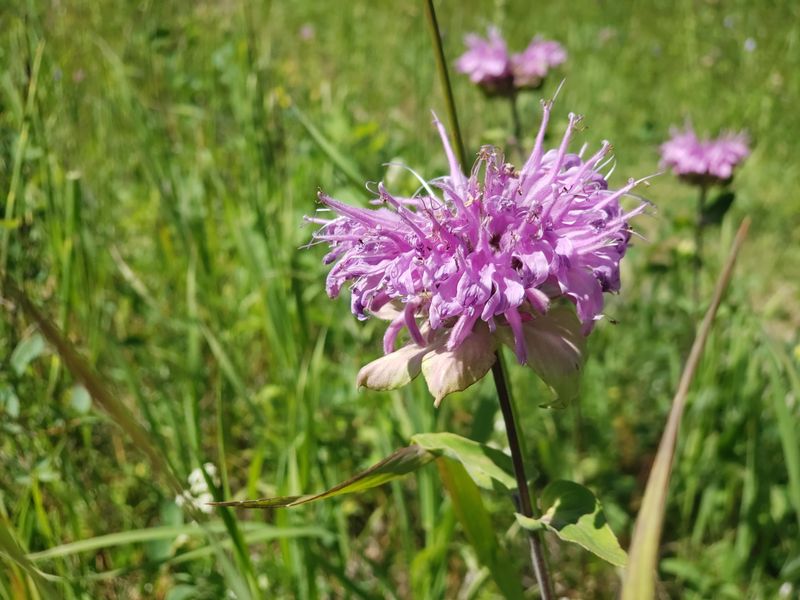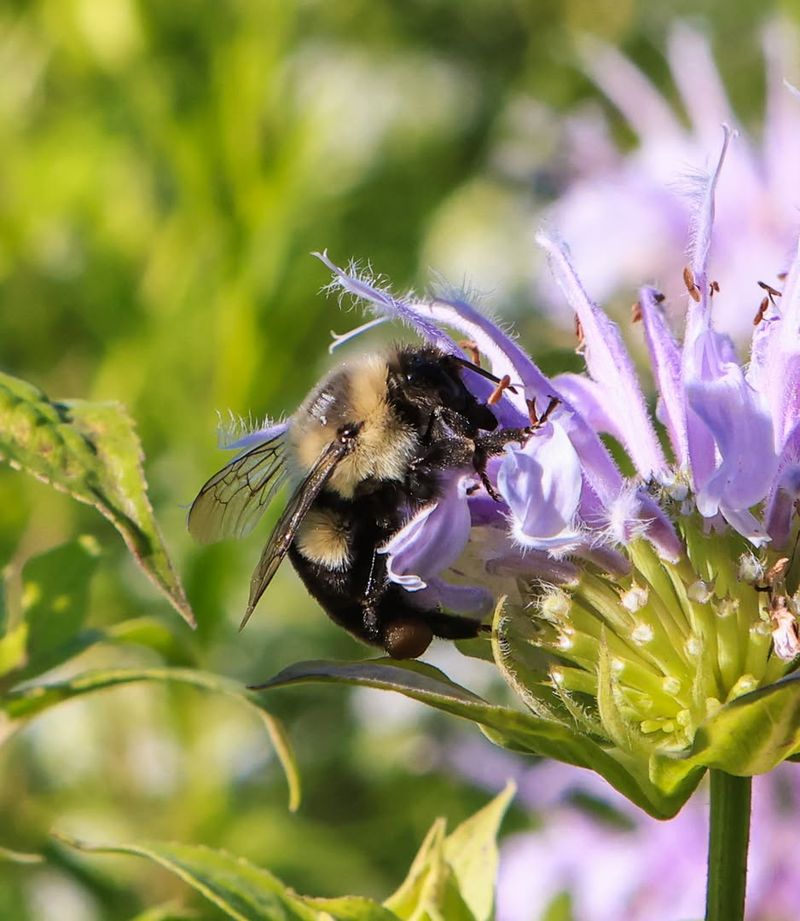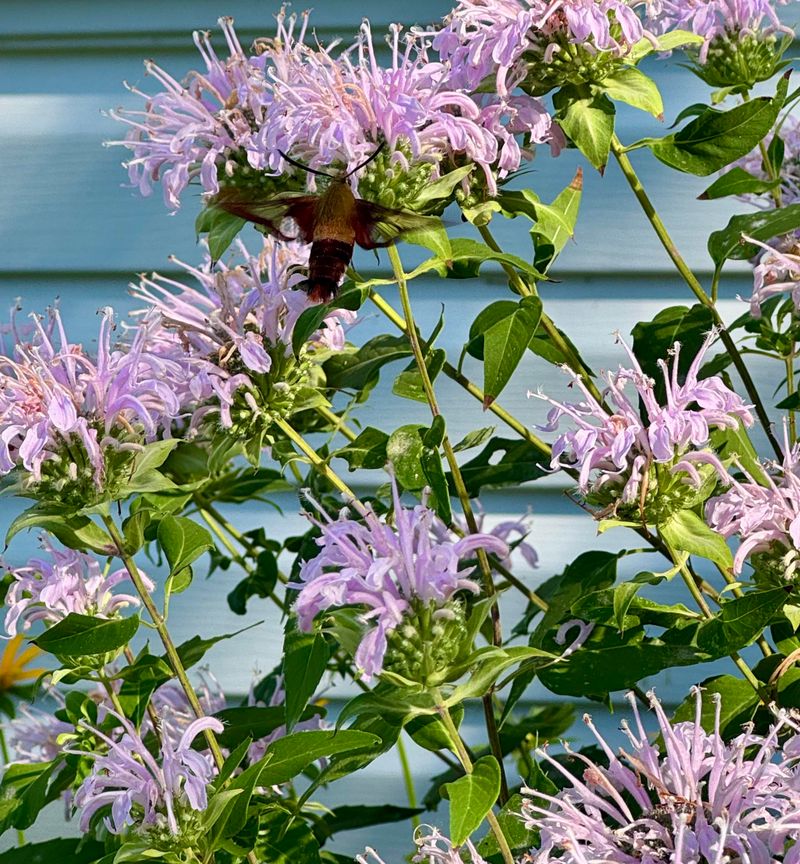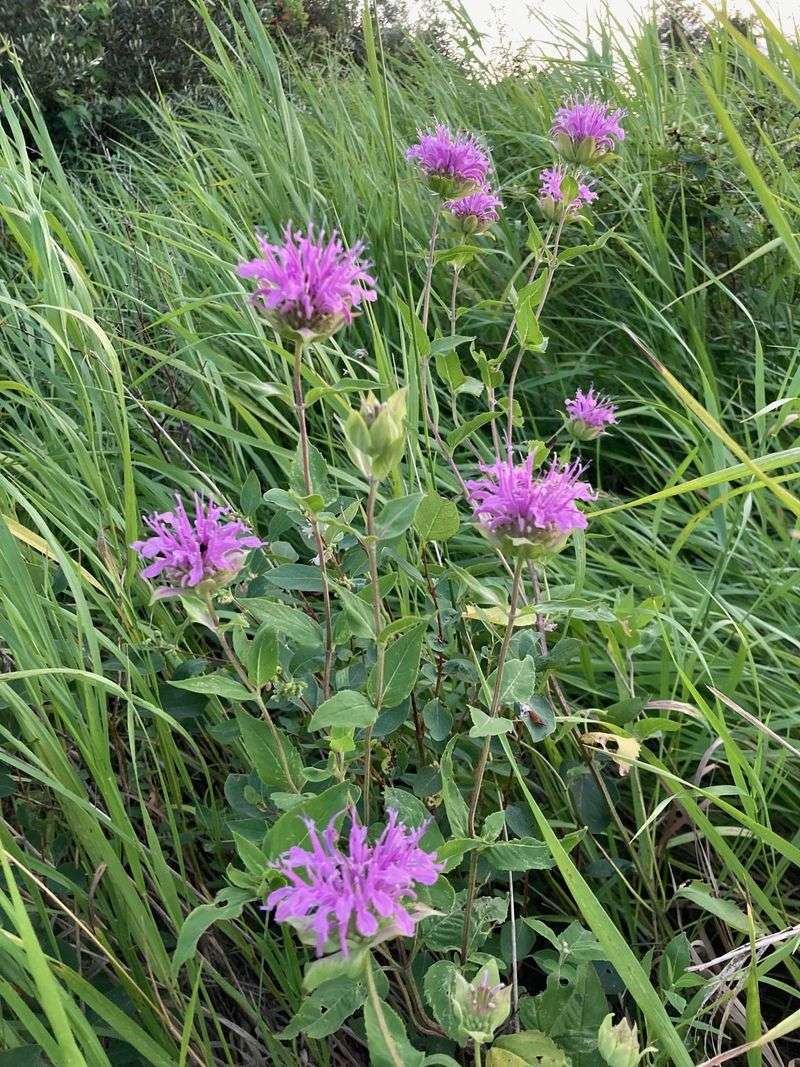There’s one native plant in Washington that’s got every bee buzzing with excitement right now. Its soft lavender blooms and sweet scent make it impossible for pollinators to resist.
Meet Wild Bergamot—a true summer favorite that turns any garden into a bee hotspot. Once it starts blooming, you’ll see why it’s the star of the season.
1. Nectar-Rich Blooms That Bees Can’t Resist
Wild bergamot produces an incredible amount of nectar that keeps bees coming back for more. Each tubular flower acts like a tiny nectar factory, perfect for honeybees and bumblebees alike.
Washington’s climate creates ideal growing conditions, meaning these plants bloom longer and stronger here. Bees can smell the sweet nectar from far away, drawing them in like a magnet.
Gardeners across the state have noticed swarms of happy bees visiting their bergamot patches daily, making it a pollinator favorite this season.
2. Long Blooming Season Means More Food
Unlike many flowers that fade quickly, wild bergamot keeps blooming from early summer through fall. Bees benefit from this extended buffet, especially when other food sources dry up.
In Washington, the moderate temperatures help these plants maintain their flowers longer than in hotter regions. A steady food supply means healthier bee colonies that can thrive throughout the season.
Beekeepers have reported stronger hives near areas where wild bergamot grows abundantly, proving its value as a reliable resource.
3. Native Plant Perfectly Adapted to Local Conditions
Wild bergamot is a native Washington plant, which means it thrives without extra help from gardeners. Native plants have deep roots and natural disease resistance, making them super tough.
Bees have evolved alongside this plant for thousands of years, creating a perfect partnership. Washington’s soil and rainfall patterns match exactly what wild bergamot needs to flourish.
When you plant natives, you’re supporting the entire local ecosystem, not just the bees buzzing around your yard.
4. Aromatic Oils Attract Pollinators From Miles Away
Wild bergamot releases powerful aromatic oils that bees find absolutely irresistible. The minty, oregano-like scent travels through the air, acting as a beacon for pollinators searching for food.
Washington’s breezy conditions help spread this fragrance even farther across fields and neighborhoods. Bees use their incredible sense of smell to locate these flowers quickly and efficiently.
Fun fact: These same oils give the plant its common nickname, bee balm, because bees are so attracted to it!
5. Tubular Flower Shape Built for Bee Tongues
Wild bergamot’s tubular flowers are designed like custom-made drinking straws for bees. Long-tongued bees, especially bumblebees, fit perfectly into these blooms to reach the nectar inside.
Washington hosts several native bee species with tongues perfectly matched to bergamot flowers. The flower’s shape also protects nectar from rain, keeping it fresh and accessible.
Watching bees work these flowers is fascinating—they dive headfirst into each bloom, emerging covered in pollen that they’ll carry to the next plant.
6. Drought Tolerance Keeps Flowers Blooming Strong
Even during Washington’s drier summer months, wild bergamot keeps producing flowers when other plants wilt. Bees desperately need reliable food sources during these tough periods.
The plant’s deep root system taps into underground moisture that shallow-rooted flowers can’t reach. This resilience makes it a lifesaver for bee populations facing climate challenges.
Gardeners appreciate that they don’t need to water constantly, while bees appreciate the consistent nectar supply regardless of rainfall patterns across the state.
7. Cluster Growth Creates Bee Feeding Stations
Wild bergamot naturally grows in thick clusters rather than scattered single plants. Bees love this because they can visit dozens of flowers without flying far, saving precious energy.
Washington gardeners have discovered that planting bergamot in groups creates busy pollinator hubs. Multiple bees can feed at once without competing, making everyone’s job easier.
These feeding stations become neighborhood favorites where different bee species gather peacefully, creating a buzzing community that benefits the entire local environment and ecosystem.

